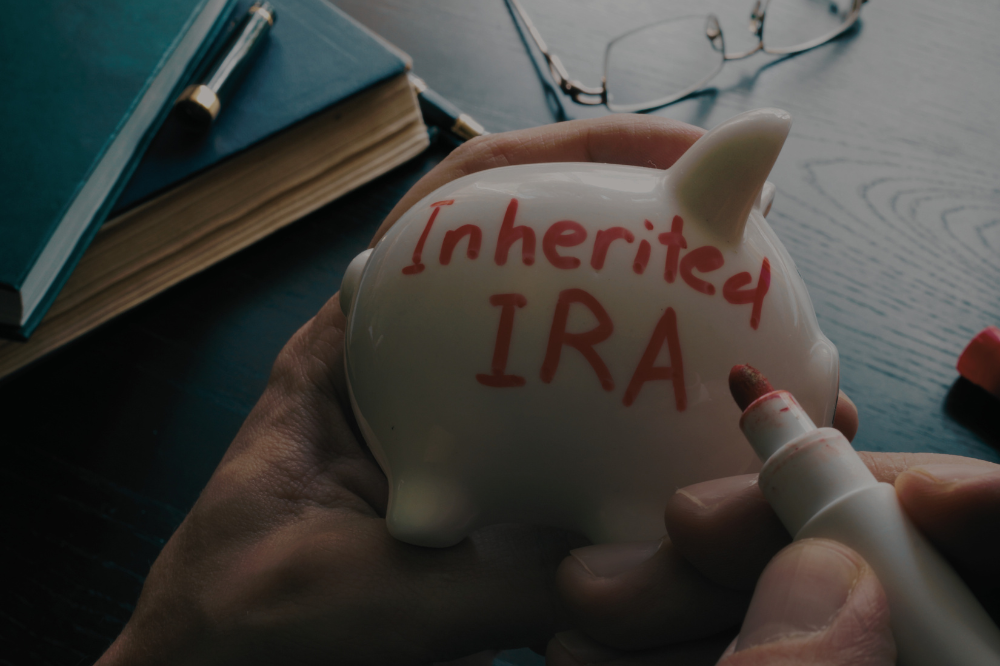IRS issues final rules for inherited IRAs, find what you need to know about it and more!
The IRS has recently clarified rules regarding withdrawals from inherited IRA (individual retirement account) and other retirement plans. While these new regulations require heirs to take minimum distributions each year, experts warn that sticking to just the minimum could lead to higher taxes in the future.
Under the finalized regulations, most nonspouse beneficiaries must fully withdraw inherited retirement accounts within 10 years of the original owner’s death. This requirement also includes taking required minimum distributions (RMDs) each year.
Before the Secure Act of 2019, beneficiaries could stretch withdrawals over their lifetime, spreading out the tax burden. The new 10-year rule, however, could result in larger tax bills, especially for high-income heirs, as withdrawals are now compressed into a shorter period.
IRA expert and certified public accountant Ed Slott advises heirs to consider taking more than the minimum withdrawals now while tax rates are relatively low. Withdrawals from pretax inherited accounts are subject to regular income taxes, and current tax rates are expected to increase after 2025 if Congress doesn’t act to extend the current lower brackets.
What is an Inherited IRA?
It is a traditional IRA or Roth IRA that you receive after the original owner (the decedent) passes away. When someone has an IRA and passes away, if you are named as a beneficiary, the IRA assets are transferred to a new IRA established in your name, known as an inherited IRA. It’s important to remember that unlike other inherited assets, you cannot contribute additional funds to an inherited IRA.
Who Can Inherit an IRA?
Anyone can be named as a beneficiary of an IRA, including spouses, children, other relatives, friends, charities, or even trust funds. However, the beneficiary type (spouse vs. non-spouse) will determine the withdrawal rules that apply to the inherited IRA.
How Inherited IRAs Work: Spousal vs. Non-Spousal Beneficiaries
-
Spousal Beneficiary: if you are the spouse of the original IRA owner, you have the most flexibility. You can rollover the inherited IRA into your own IRA, treat it as your own, and delay withdrawals until you reach the required minimum distribution (RMD) age. This allows you to defer taxes on future growth within the IRA;
-
Non-Spousal Beneficiary: as a non-spousal beneficiary, you generally cannot rollover the inherited IRA into your own IRA. You will need to establish a separate inherited IRA and follow specific withdrawal rules. These rules depend on whether you are a designated beneficiary or not.
-
Designated Beneficiary: a designated beneficiary is an individual named as a beneficiary on the IRA beneficiary form or by operation of law (such as spouse or minor child). Designated beneficiaries can stretch out distributions over their lifetime, potentially maximizing tax advantages;
-
Non-Designated Beneficiary: non-designated beneficiaries, such as estates or charities, must generally withdraw all funds from the inherited IRA within five years.
-
Who Needs to Start Yearly RMDs in 2025 For Inherited IRA?
The requirement applies to heirs who are not a spouse, minor child, disabled, chronically ill, or certain trusts, and only if the original account owner had reached their RMD age before passing away. Failing to take the required RMDs or withdrawing too little can result in a penalty of 25% on the amount that should have been withdrawn. However, this penalty can be reduced to 10% if corrected within two years.

